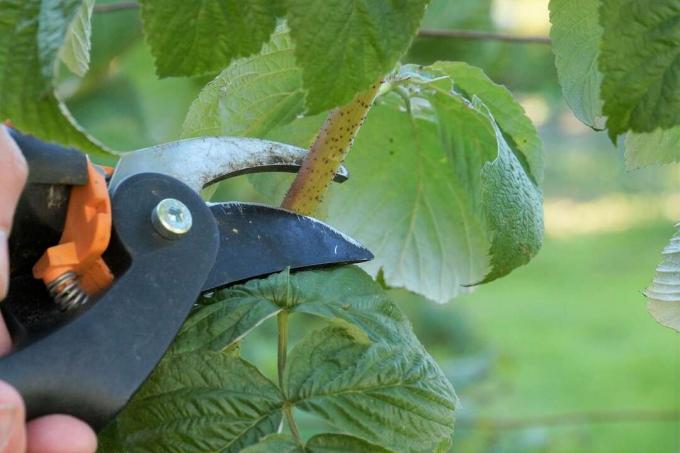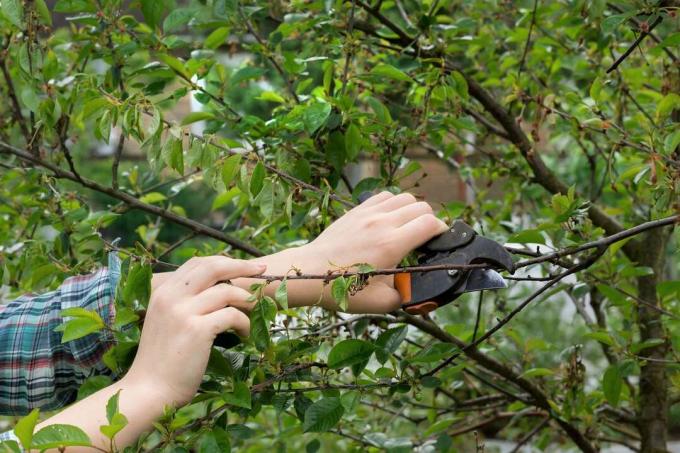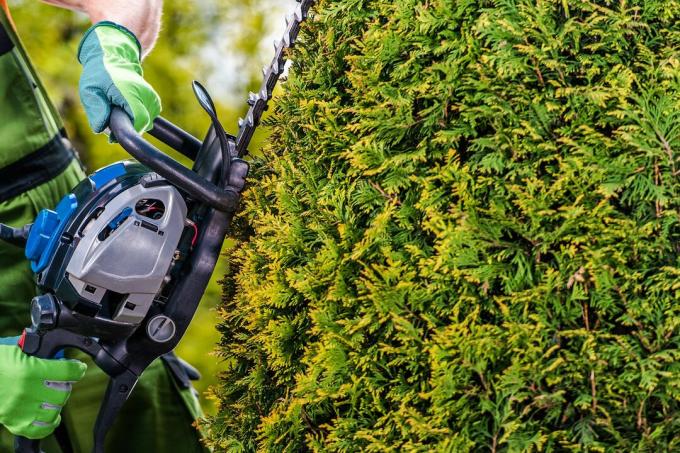
More beautiful flowers, healthier growth, larger harvests – these are just a few of the advantages of regular plant pruning. What is important is not only the right technology, but also the right time. You should cut these 6 plants in late summer.
birch

The birch (Betula) usually does well without pruning. However, every now and then it doesn't hurt to use a saw or pruning shears to remove annoying or diseased branches. However, since the birch bleeds heavily in spring, it is better to cut it in late summer. In this way you avoid strong sap flow and the deciduous trees can regenerate better.
Raspberries

When your Cut raspberries (Rubus idaeus). should, usually depends on the variety. If you have summer raspberries in your garden, late summer after the harvest is the ideal time for pruning. Since these berries only produce fruit on the two-year-old shoots, just cut them off and leave the young ones.
plum

Plum trees (Prunus domestica) tolerate pruning in late summer immediately after the harvest season. At this point in time, the fruit trees cope with pruning measures much better than later in the year because they still have enough time to regenerate until winter. Be careful not to cut off too much, as the plum tree may respond to severe pruning with strong new growth.
sweet cherry

It is advisable to always plant sweet cherries (Prunus avium), similar to plum trees, immediately the harvest cut back in late summer. You should carry out these pruning measures, which include thinning out the crown, approximately every three years. A cut in late summer “slows down” the development of the vigorous fruit tree and at the same time allows the resulting cuts to heal faster and better.
Thuja

The tree of life is one of the most popular hedge plants in this country. In order for it to grow quickly and opaquely, it needs a regular pruning. The final cutting measures on Thuja hedges You should do this in late summer at the latest. In most cases this involves shaping cuts, for example removing protruding or out-of-shape shoots. Later, more extensive cuts would encourage the thuja to sprout new growth and inevitably lead to frost damage to the young shoots.
walnut

Like the birch, this also counts walnut (Juglans regia) is one of the trees that bleed particularly badly when cut in spring. Cut the walnut However, only in late summer, avoid that the plant loses a lot of sap. This allows the tree to recover more quickly after cutting the branches and crown.


